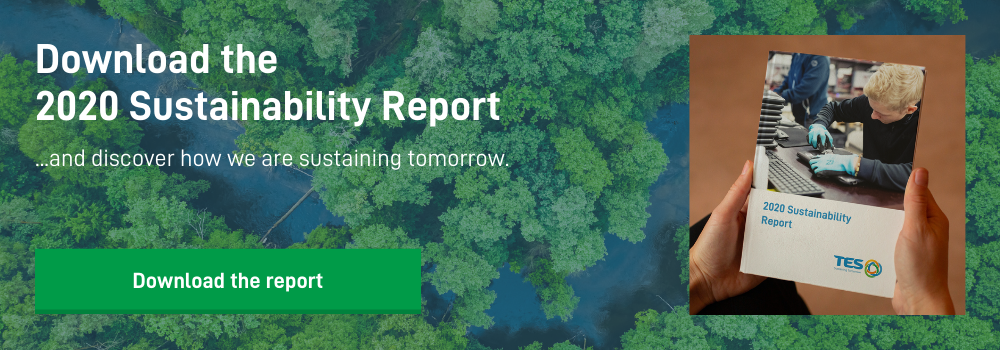Earth Overshoot Day marks the date when humanity’s demand for ecological resources and services in any given year, exceeds what Earth can regenerate in that year. Earth Overshoot Day is hosted and calculated by Global Footprint Network, an international research organization that provides decision-makers with a menu of tools to help the human economy operate within Earth’s ecological limits. The first Earth Overshoot Day in 1970, fell on December 29th, in 2020 it fell on August 22; this year it staggeringly falls on July 29th.
To determine the date of Earth Overshoot Day for each year, Global Footprint Network calculates the number of days of that year that Earth’s biocapacity suffices to provide for humanity’s Ecological Footprint. The remainder of the year corresponds to global overshoot.
Earth Overshoot Day By the Numbers
| 3,800 million years ago life first evident on Earth |
121% increase in world population since 1970 |
| -58% decline in average population size of vertebrate species since 1970 |
57% |
.png?width=1200&name=Add%20a%20heading%20(4).png)
The date continues to go land earlier year over year due to ecological resource consumption and accumulating waste, primarily carbon dioxide in the atmosphere. The most significant factors in this include:
|
CITIES |
ENERGY How we power ourselves |
FOOD How we feed ourselves |
PLANET |
POPULATION How many of us there are |
There are any number of sources of data that make a compelling case for the need for a circular economy, but fewer areas are coming under more scrutiny than the rising issue of e-waste. The Global E-waste Monitor reported that e-waste is now the most rapidly growing waste stream, almost doubling in only 16 years, to weighing 53.6 Mt in 2019. Of this waste, only 17.4% is formally documented. The World Health Organization has since gone on to report that e-waste is now having adverse health effects on millions of children.
Since our inception TES has been committed to sustaining tomorrow by providing comprehensive services for technology assets throughout their lifecycle from deployment to decommissioning to disposition; all the way through to recycling and repurposing at end-of-life. We believe our success is integrally linked to human health and our planet's ecosystem.
At TES, it starts with aligning with our vision and purpose. Our mission is to make a decade of difference to securely, safely, and sustainably transform and re-purpose one billion kilograms of assets by 2030. We are joining the chorus of responsible organizations that are doing something about creating a better tomorrow and setting our agenda and targets to advance the United Nations Sustainable Development Goals and the UN Global Compact. The journey of communicating these plans and actions has been underway since 2019, with the publishing of our first sustainability disclosure report - with more progress to share in 2021.
Through investments in extending global facilities and expanding end-to-end capabilities we are partnering with customers to deliver circular outcomes for hazardous materials and scarce resources by refurbishing and recycling IT, mobile, and battery assets to develop clean technology solutions.
Not only are these types of things the right thing to do for our planet, it is good business as well. In a speech by Dr. Arunabha Ghosh, the CEO of the Council on Energy, Environment and Water and Jamshyd N. Godrej, the Chairman of Godrej & Boyce and Chairperson of the Council on Energy, Environment and Water, they write: "Given that a single zoonotic outbreak can incur trillions of US dollars in costs across the globe, economic recovery focused on climate action and a healthy natural world is the best means of long-term prosperity. There are ample opportunities for governments to simultaneously address environmental objectives and ensure that recovery leads to more sustainable outcomes overall."1
According to that same speech, the World Economic Forum estimates the transition to a sustainable economy can generate over USD 10 trillion and 395 million jobs by 2030.
TES is committed to doing our part to move Earth Overshoot Day in the right direction. We will very shortly release our 2020 Sustainability Report that covers our energy consumption, GHG emission reduction, environmental targets, zero waste to landfill commitment, how we extend the life of products through the services we provide, and more on topics like diversity initiatives. Through these types of initiatives, we believe we can continue to scale our business and the value we provide our clients, employees, and investors, while continuing to shrink our environmental impact.
The only limits we have as a society in this arena are the limits we place on ourselves. We can all do more. We can all be better. If we don’t start now, then when? It is our collective responsibility to not leave this to future generations, the time for sustaining tomorrow is now.
---
References
1. https://www.unep.org/resources/report/preventing-future-zoonotic-disease-outbreaks-protecting-environment-animals-and







